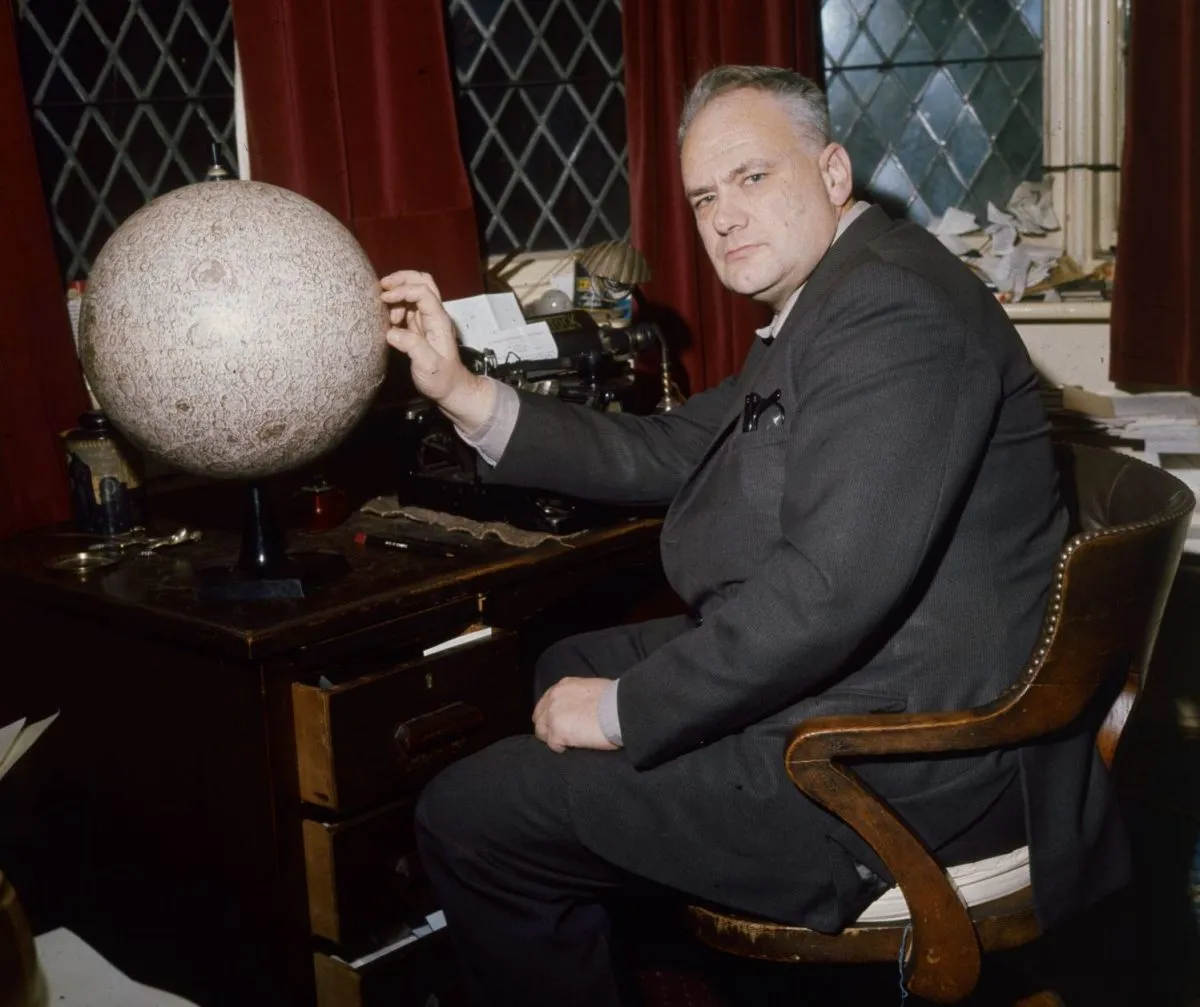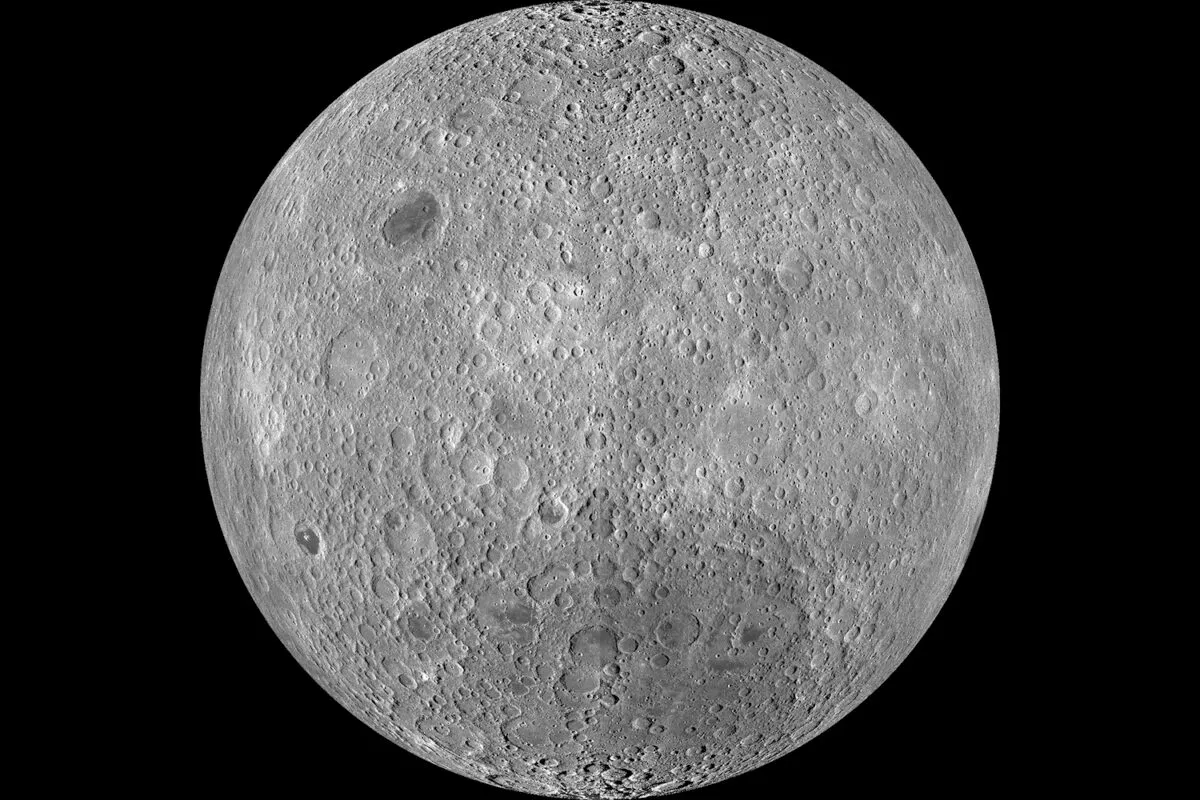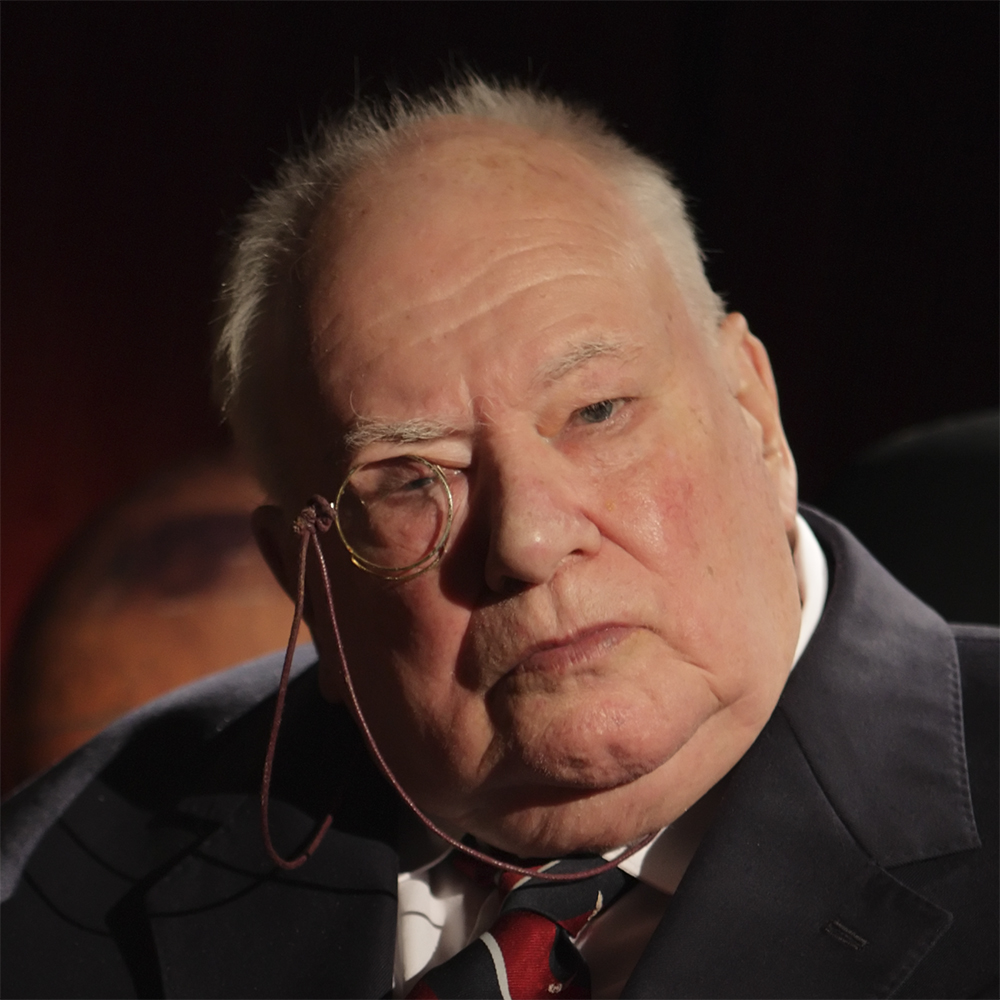In 1969 Neil Armstrong took his one small step on to the barren rocks of the Sea of Tranquillity - Mare Tranquillitatus - to become the first human being to step on the Moon during the Apollo 11 mission.
In 1972 Gene Cernan took what is – so far – the last small step when he re-entered the module of Apollo 17 as he and Harrison Schmidt prepared to blast off from the lunar surface.
During those intervening years our knowledge of the Moon increased beyond all expectations, and many problems were solved.
Not all the questions were answered. For instance we are not sure how the Moon was formed, and though the ‘giant impact’ theory is very popular, it is not conclusive.

I have been observing the Moon ever since 1933(!) and I had my own views; before writing this article I did some checking up, and looked at the book I wrote in the pre-Apollo days.
The first edition came out in 1949, but for the purposes of comparison I used the sixth, written in 1963.
I think it is fair to say that I was often right, though on one important issue I was utterly and devastatingly wrong.
Let's take a look at some of the biggest errors and erroneous predictions astronomers made about the Moon over the centuries.
4 incorrect assumptions astronomers made about the Moon
A spacecraft would not be able to land on the Moon

First, the nature of the surface: would it be firm enough to bear the weight of a spacecraft? Some leading astronomers were pessimistic.
At a General Assembly of the International Astronomical Union held at Prague in the 1960s, Harold Urey was telling me that the lunar maria were sheets of water ice, coated with a thin layer of dust – and Urey, remember, was a Nobel laureate.
The equally eminent Tommy Gold, of Cambridge, went further; dust had flowed down to the lowest-lying areas, so that the maria were covered with deep, treacherous, soft material.
To quote his exact words: "A spaceship would simply sink into the dust with all its gear."
I could not agree. For example, the floor of Archimedes Crater is just like the surrounding mare, so that to get into the crater it would have been necessary for the dust to have negotiated the wall – in fact, to have flowed uphill.
There were other objections too, but well before Apollo the first uncrewed spacecraft had touched down safely.
There was no deep layer, though small unsafe areas could not be ruled out.
Transient Lunar Phenomena do not exist
Then there were TLP, or Transient Lunar Phenomena (a term that I believe I introduced).
These are short-lived, temporary obscurations or glows, seen in localised areas.
For a long time they were discounted, largely because most of the reports came from amateurs, but by now they are accepted as real, and an event has been recorded photographically by Audouin Dollfus, whose knowledge of the Moon is second to none.
Now, however, for the origin of the lunar craters…
Lunar caters are caused by volcanoes (or Moon-people!)

Very odd theories had been proposed – notably in 1949 by Sixto Ocampo, of Spain, to whom the craters were produced during a war between two races of Moon-people.
But in recent times only two theories were seriously considered.
Either the craters were volcanic, or were produced by meteors. Vulcanism was widelysupported, but in 1949 the impact theory was revived by the American astronomer RB Baldwin, and battles began.
I was a vocal supporter of vulcanism, and in 1963 summed up my case:
"When one lunar crater breaks into another, it is the smaller formation which breaks into the larger.
"This might be expected on the impacts theory if the larger meteorites fell first, but not in 99.999% of cases, which is what we observe.
"Crater distribution is not random, or anything like it. Baldwin’s dismissal of the long chains of walled plains as being due to lighting effects fails to stand up to analysis.
"…the profile of a lunar crater is totally unlike that of a terrestrial impact crater, such as Meteor Crater in Arizona. It more nearly resembles that of a volcanic crater, such as Hverfjall in Iceland.
"Pits on the summits of peaks and domes are almost always centrally placed. There are no
signs of large meteorites lying on the lunar surface, as would be expected if the craters were impact features."
All this sounded convincing – so I thought. But the Apollo missions gave a clear-cut answer; the craters are of impact origin, though it is of course true that the maria are lava plains.
The far side of the Moon could be inhabited

There were many speculations, too, about the nature of the far side of the Moon, which is always turned away from the Earth.
During the 19th century, Hansen, a Danish astronomer, suggested that the centre of mass of the globe was displaced by 33 miles; all air and water was drawn round to the far side, which could therefore be inhabited!
I proposed that there would be no maria comparable with, for instance, Imbrium or Serenitatis, because if the rotation had been synchronous from a very early stage the effects of the Earth’s gravitational pull would not produce the same effects as on the near side.
I was right – but for completely wrong reasons.
Humans will someday return to the Moon, and there will be new revelations: some of our present ideas will have to be drastically modified.
Yet we have come a long way, thanks largely to what we have found out during the period between Neil Armstrong’s first step on the Moon and Gene Cernan’s last.
This article originally appeared in the July 2009 issue of BBC Sky at Night Magazine.
